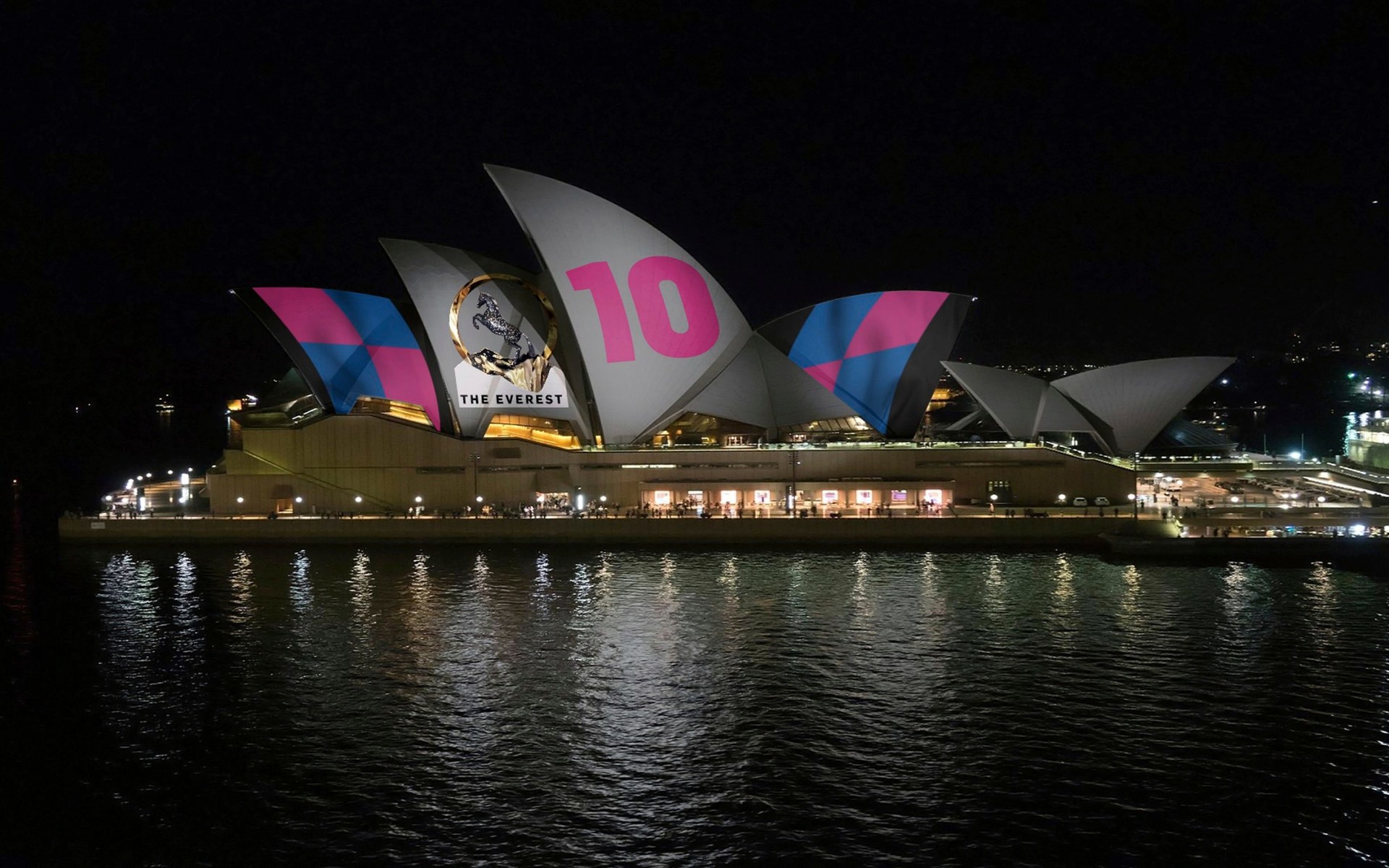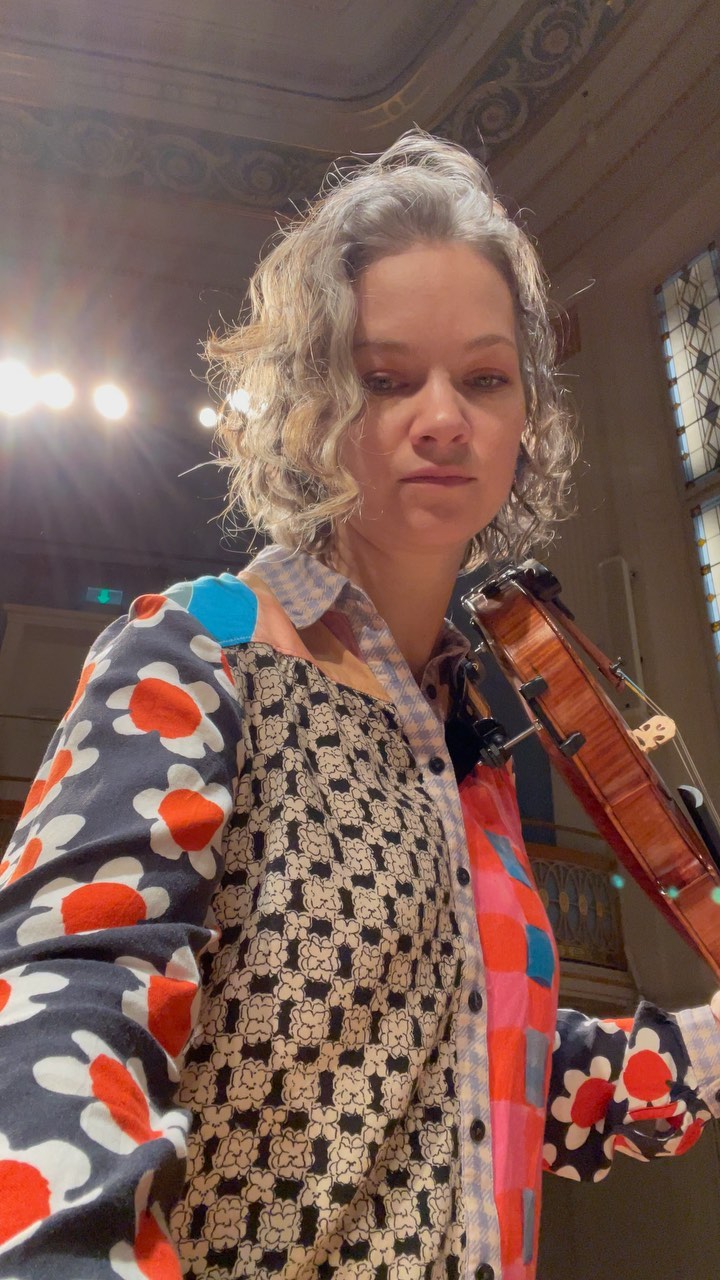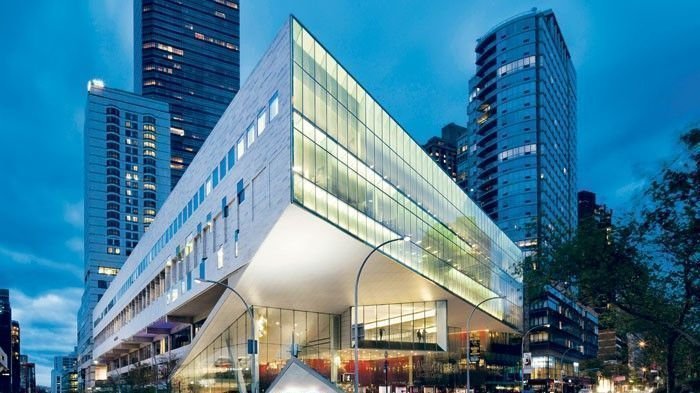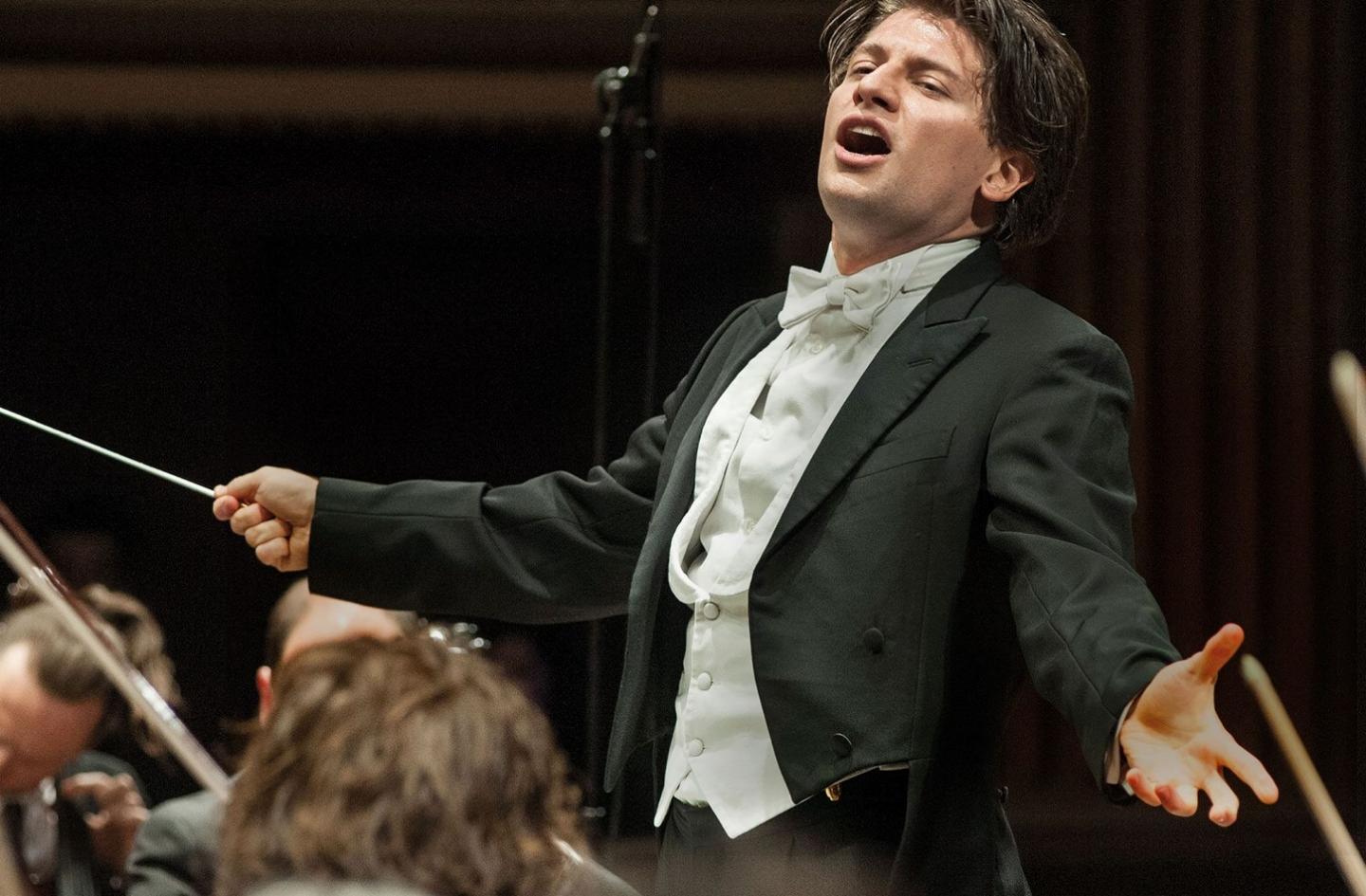How’s that?! Opera Australia is in profit
mainOpera Australia posted a operating surplus of A$342,676 for 2018 on a turnover of A$115 million.
But some major gifts worth A$4.5m have pushed the company well into the black.
More here.


Opera Australia posted a operating surplus of A$342,676 for 2018 on a turnover of A$115 million.
But some major gifts worth A$4.5m have pushed the company well into the black.
More here.

The US violinist has announced she is still…

We gather that Juilliard has summarily fired a…

The Metropolitan Opera has appointed Daniele Rustioni as…

Amsterdam’s Royal Concertgebouw Orchestra has recruited its next…

Session expired
Please log in again. The login page will open in a new tab. After logging in you can close it and return to this page.
This may be the last time. It is a company that relies heavily on ticket sales as government subsidy is not adequate to cover the costs. In the last twenty years I have never seen a full house in opera (I don’t know how it is when they stage a musical). I have to admit, unlike the ever improving symphony orchestras, opera remains less than satisfactory in Australia.
If you’d attended La Boheme or Turandot in Sydney this January, you would have seen regular full, or close-to-full houses. If you are attending Il Viaggio a Reims in Sydney in October, word is this is very close to sold out already.
A lot of things have drawn very big houses recently. Not always sold out, but rarely genuinely poor houses.
OA does indeed rely very heavily on ticket sales. Out of that $100million + budget, less than 20% is covered by any subsidy. (Compared to the opera houses in Germany which often have 80%+ of costs subsidised.) To be $300,000 in profit on a $100million+ budget is pretty impressive.
Opera Australia’s output has greatly improved over the past years – better singing all round.
I think OA has a healthy outlook ahead. Sure, an increase in government subsidy would be incredibly valuable. Remember, OA’s subsidy is not indexed to inflation, so in real terms it has been declining every year for well over a decade, as costs go up. This is probably the biggest challenge OA faces, as without convincing government for increased support (difficult in this climate), the already remarkable (and highly risky) level of reliance of box office receipts will increase. But they show every sign of both being able to manage their finances, and at the same time, a gradual shift away from ultra-conservative programming.
If La Boheme and Turandot are considered “a move away from conservative programming” what were they performing before?